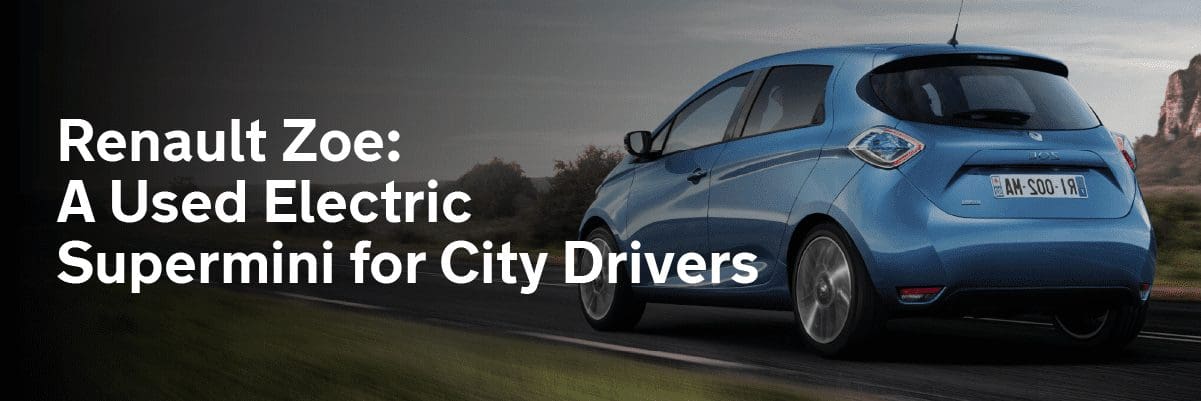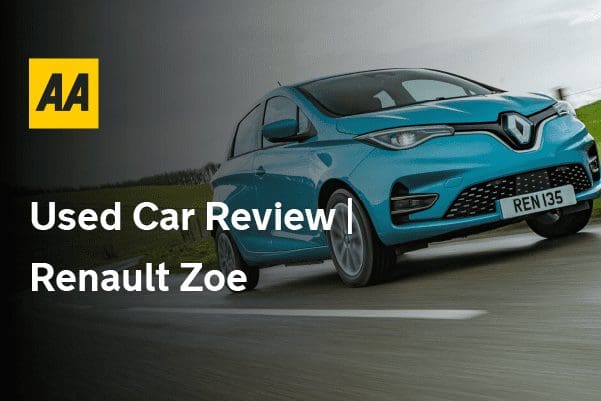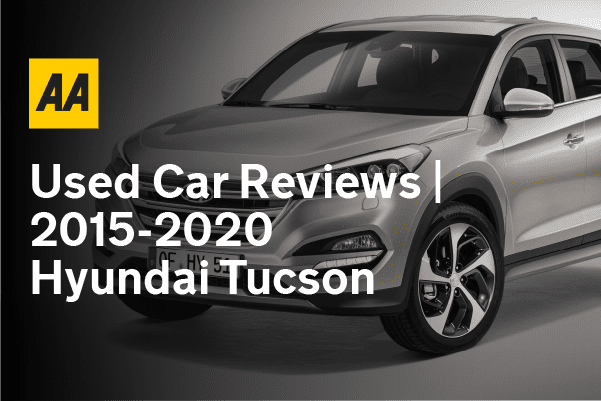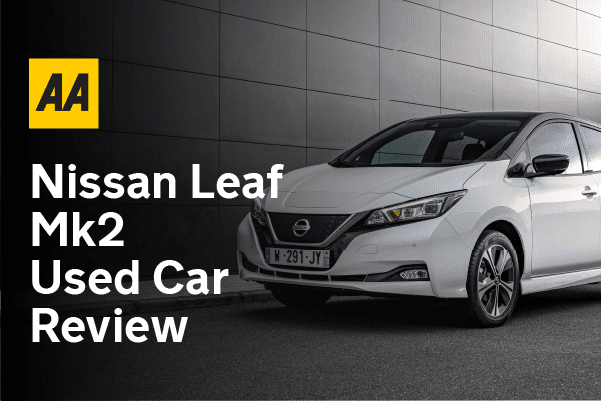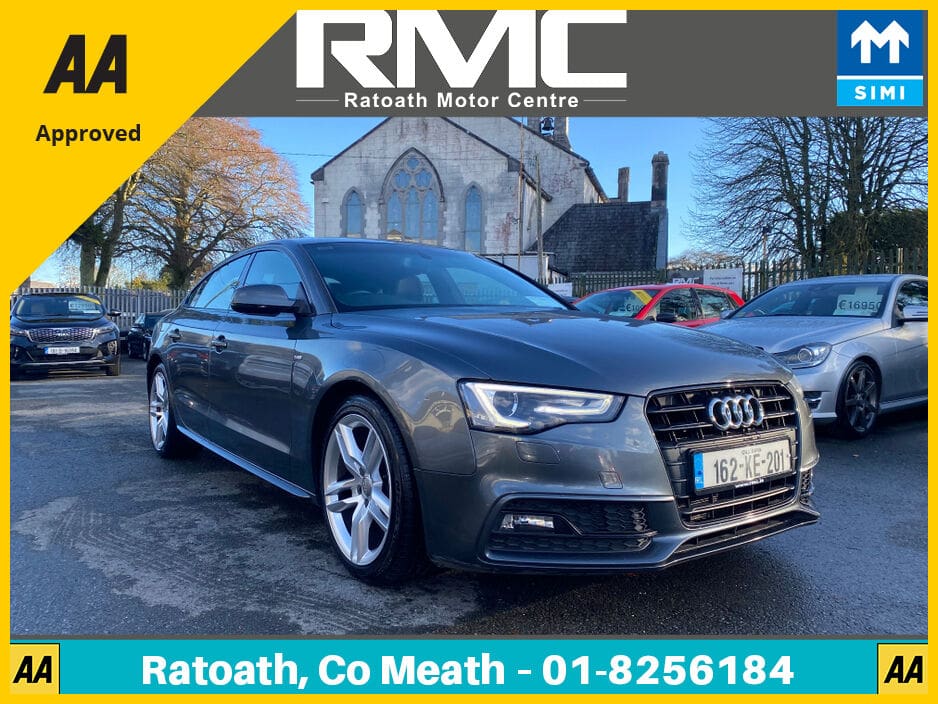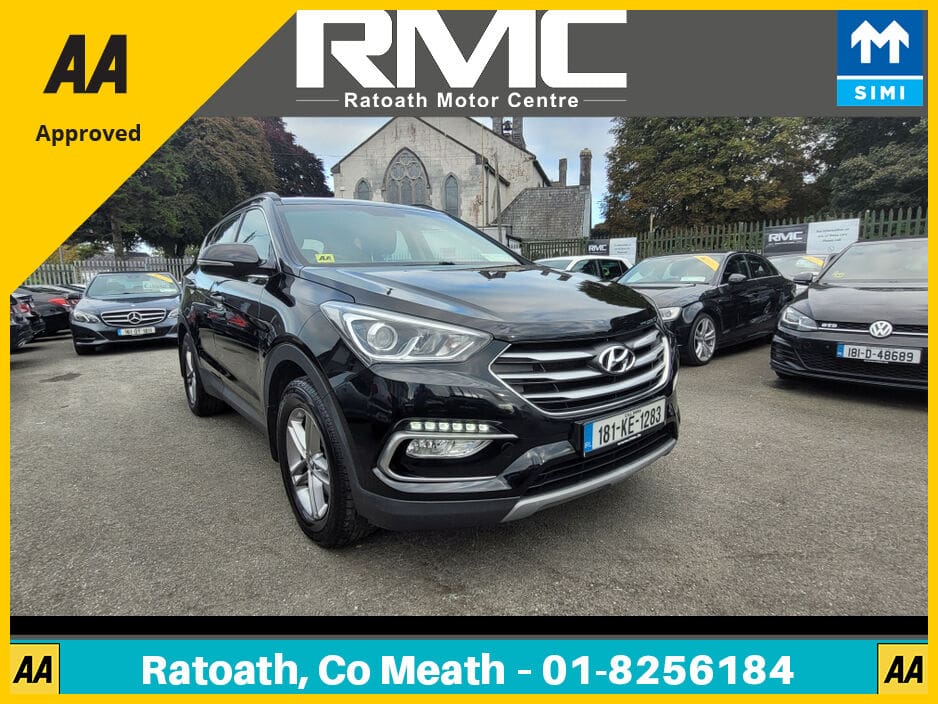Which Zoe to go for?
When the Renault Zoe was launched in 2013, it was sold as an electric alternative to the Clio and was offered solely with a five-door body and a front-wheel-drive layout. The first cars came with an 88hp electric motor connected to a 22kWh battery offering an official range of up to 210km, although Renault remained honest about the car’s shorter range capability in cold weather, with an estimated range of only around 100km in lower temperatures. Charging from a domestic plug socket takes about nine hours, so it’s easy to keep a Zoe topped up overnight even if you don’t have a dedicated EV charger.
From 2015, a second electric motor option was offered. The ‘R240’ motor was sold alongside the original ‘Q210’ motor because the latter offered 22kW AC charging where the new model didn’t. But in every other respect, the R240 was better – it’s a smaller unit and had the same power output but was more efficient, so the Zoe’s range was boosted to a quoted 240km.
Towards the end of 2016, the Zoe range was updated with the introduction of a 41kWh battery, although the electric motor remained unchanged. This model offered an official range of 400km under the NEDC test cycle – or 300km on the newer WLTP system, which offers more realistic range estimate than the older test.
The final update for the Zoe came in 2019, when wholesale revisions were made to the car’s running gear and interior. There was a new 136hp electric motor connected to a bigger 55kWh battery for a WLTP-tested range of 395km, while 50kW rapid-charging functionality was made available. This allowed fast charging to replenish the battery to 80 per cent capacity in just over an hour.
While the Renault Zoe was only offered with a five-door supermini body, there was one variation on the theme. The Zoe Commercial came without back seats and instead had a cargo tray that filled the whole area behind the front seats. It also featured a mesh bulkhead.
What’s the Zoe like to drive and be in?
The Renault Zoe makes for a comfortable supermini that’s easy to drive, thanks to the simplicity of the electric powertrain. In many ways it’s ideal for beginners, because there are no gears to deal with; you simply press the start button, put the Zoe in Drive, and away you go.
The car’s compact dimensions mean it’s easy to guide along narrow roads, while a relatively tall driving position boosts the view out. The electric motors offered in the Zoe aren’t the most powerful, but there’s decent low-down acceleration when pulling away from traffic lights and the later cars feel notably nippier. If you’re planning longer trips, then the Zoe runs out of puff at higher speeds, and motorway driving will really knock back the maximum range you’ll get from a full charge.
Charging is done via a socket behind the big Renault badge on the Zoe’s nose, so you’ll most likely have to park forward into charging bays at public stations.
The cabin of the Zoe has a slightly futuristic feel when compared with the contemporary Clio, featuring more light-coloured materials and blue tints that are designed to accentuate its EV credentials. Cabin space is fair for a supermini, helped by upright seating and a tall roof.
Back seat space is decent, and there are two sets of ISOFIX child seat mounts on offer. Even so, bulky modern child seats might compromise the seating position of those in the front of the car. The boot measures in at 338 litres, which is respectable for a supermini, and there’s a maximum of 1,225 litres with the back seats folded. Unlike some EVs, there’s no additional storage under the Zoe’s bonnet.
Any known issues?
One thing to bear in mind when looking at used Renault Zoes is that some cars were initially sold with a battery lease package. This was designed to help reduce the initial purchase price, where the first buyer would pay for the car, then pay a monthly lease for the battery. While this helped to reduce the Zoe’s price back then, today that means buyers have a potentially expensive regular outgoing on top of the price of the car, with a charge of around €80 a month before you’ve even paid for charging, insurance or anything else.
If a Zoe has a cheap asking price, check if it’s one of these models that needs a battery lease to go with it. You can buy the battery outright from Renault, although the battery lease does come with free recovery included, while the battery is guaranteed to retain 80 per cent of its capacity, or it will be replaced, so there are advantages to the scheme worth considering.
Renault dropped the battery lease option from the Zoe range in late 2019.
Other than that, the Zoe is proving to be a pretty reliable vehicle for owners, as most EVs are. Beware of any damage to the nose of the car, because that’s where the charger is, so any issues could make it impossible to plug the car in.
There have been 10 recalls for the Zoe over its lifetime. The first in 2016 related to the front wheel arch liner rubbing on the brake hose on cars built up to October 2014, while the second in 2017 impacted cars built up to January 2016 and related to the operation of the Park function of the automatic transmission.





